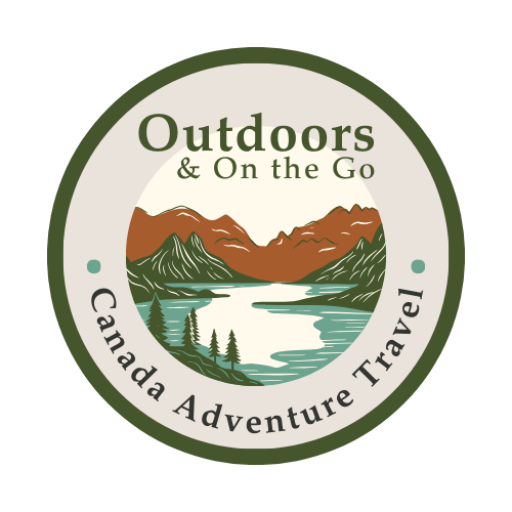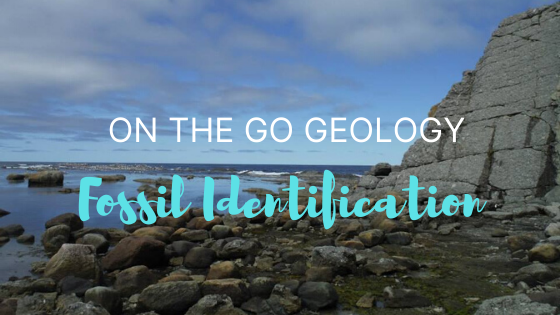Fossil hunting is a great activity at any age, and Newfoundland is the perfect place to do it. The thrill of discovery is made even more magical with a little fossil knowledge. Some basic skills in fossil identification can help you to picture what the area used to look like millions of years ago, and better understand the amazing creatures that ruled at the time.
How are fossils made?
Most of the fossils we see are, unfortunately, not dinosaurs. They are actually the remains of small creatures that lived in the ocean. This is because of how fossils are made. A relatively quick burial event is required to make a great fossil, otherwise the creatures bones and other hard parts will be eaten by other creatures, undergo decay, or be scattered. So what could a quick burial event be?
Well, anyone interested in dinosaurs will know that tar pits can do the trick, but a landslide or mudslide will also rapidly bury a creature. Even then, you aren’t guaranteed a fossil! This is why quality fossils can be so rare, they require very specific conditions to be made. The perfect conditions are required for a mudslide to occur on land, but slope failures in the ocean are relatively frequent. So when we learn about fossil identification, we always focus on marine life.
Fossils in Newfoundland
Did you know that there used to be an ancient seaway splitting Newfoundland in two? This was the Iapetus Ocean. This ocean is what makes Newfoundland so great for fossil hunting and fossil identification. There are fossils in the central part of the province, as well as at the outer edges. Gros Morne Provincial Park, including Green Point, and Mistaken Point, located in south-east Newfoundland, are two protected areas with spectacular fossils. Keep an eye on the blog for an upcoming articles focusing on Mistaken Points’ special soft-bodied fossils and what makes Green Point so special.
Corals
There are different types of fossilized corals; scleractinian (hexacorals), tabulate and rugose. All corals that you can find in the oceans today are hexacorals, while tabulate and rugose corals are now extinct. Corals can be solitary (first picture), or found in colonies. What is usually left behind is the skeleton that the coral built. Alive, these coral skeletons would have polyps on top of each section, with soft bodies and stinging tentacles. When the coral died, the soft polyps were either consumed by other creatures or decayed, leaving behind the hard skeleton to be fossilized.




Crinoids
Crinoids are related to star fish and sea urchins, and can still be found in the oceans today. These creatures dominated the Paleozoic. Often called “sea lillies” because of their resemblance to a flower, they had a strong stalk and a fan-like structure at the top. The stalk section of the animal is the most commonly fossilized part, as it is built of many hard discs stacked together with a hollow center. A filter feeder, crinoids use the softer top section to trap food.


It’s hard to imagine that these tiny discs are part of such interesting creatures.
Trilobites
Often referred to as “butterflies of the sea”, for their beauty and unique shapes, trilobites are fascinating. They are also very important for identifying the age of the rocks where they’re found. There have been so many species of trilobite throughout Earth’s history, and many of the species lived for relatively small time periods. Therefore, if you find a trilobite you may be able to tell how old that rock is just by identifying the species!
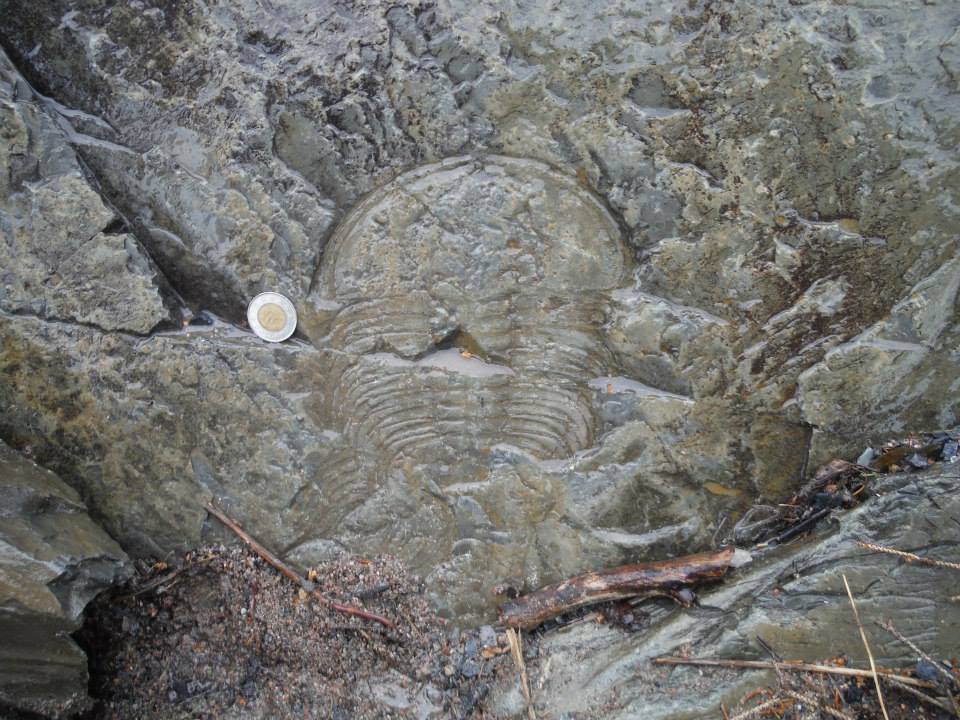
You can find beautiful trilobite specimens in Newfoundland’s Gros Morne National Park, including the one in this photo. Please remember that trying to find the fossils is alright, but please don’t remove anything from the park! Leave the fossils there for everyone to enjoy.
Shells
These include clams, scallops and snails. You can see these creatures alive in the oceans surrounding Newfoundland as well as in the fossil record.
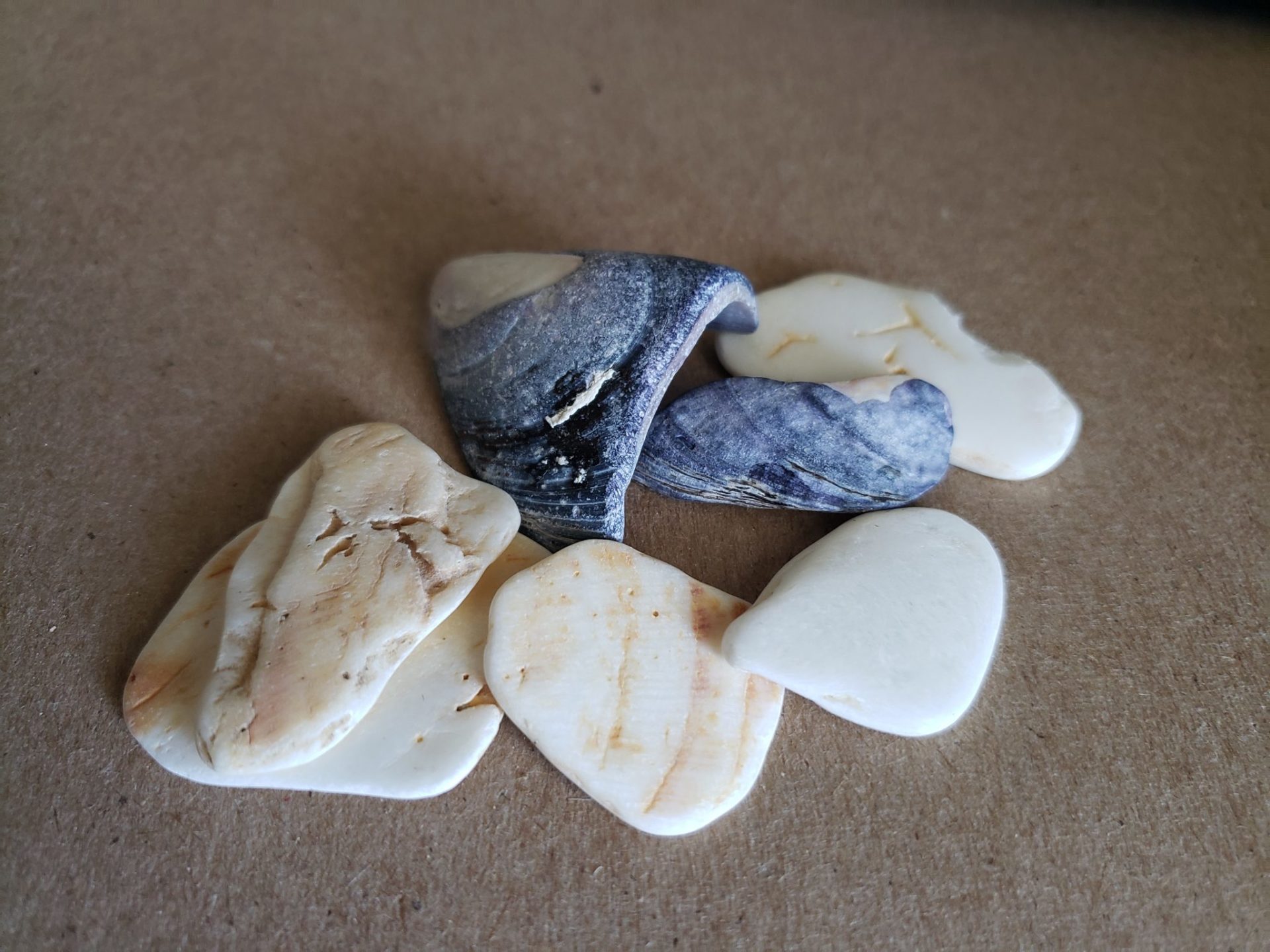
Bottle Cove, NL
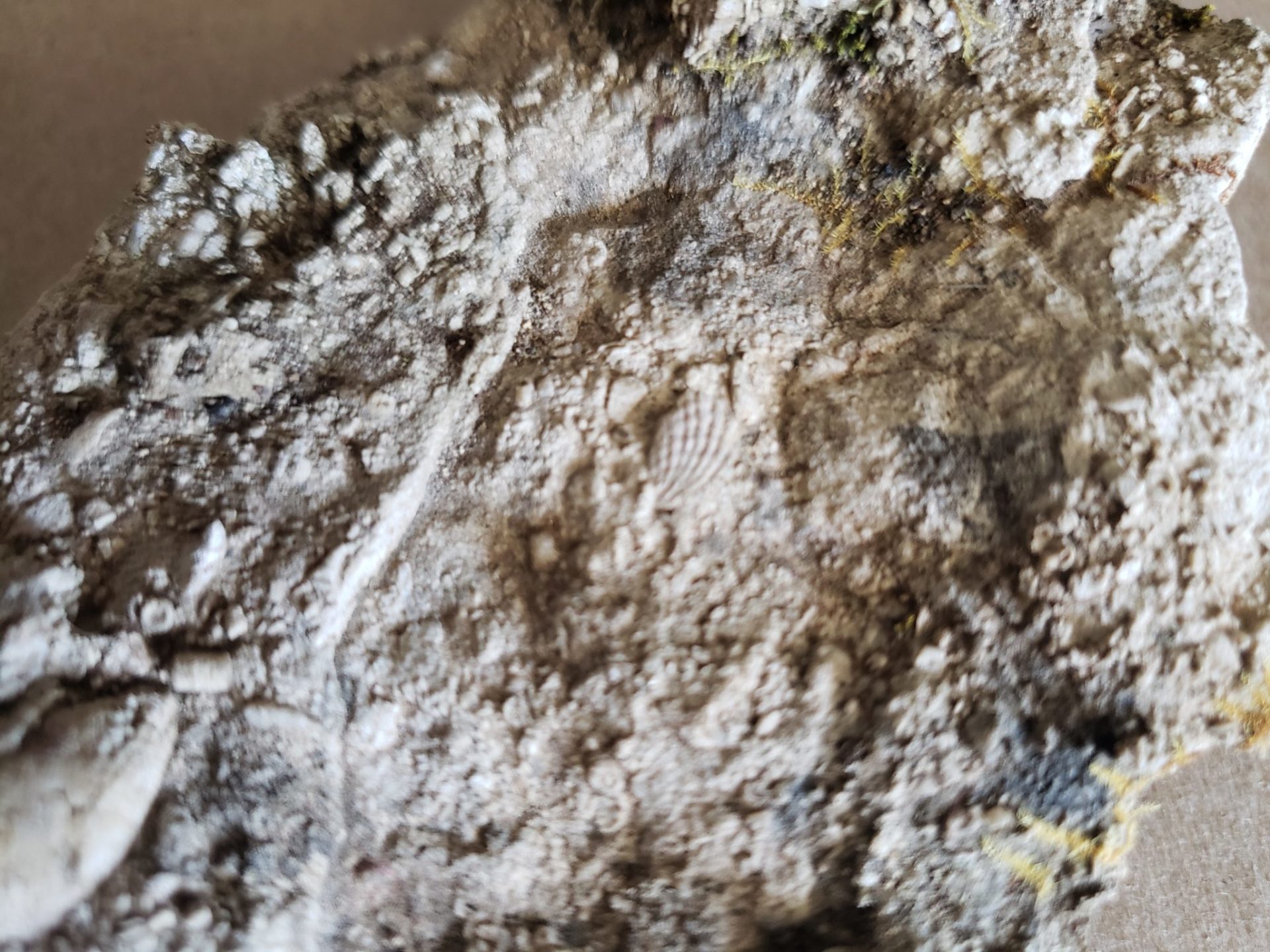
Ammonites
Part of the same family as squids, ammonites have spiraling shells. The ammonites shell is full of chambers, as you can see in the pictures below. As ammonites grow, they move into the next, and larger, chamber.

Though snails also have spiraling shells, there are no internal chambers. So if you find a fossilized spiraling shell, check for chambers to identify your fossil.



More Info
There are many more types of fossils out there! This is just a quick guide to some common ones. The British Geological Survey has a great website where you can learn even more about fossil identification. And if you have found something interesting that you aren’t sure about, feel free to ask!
Don’t forget to check out our other geology articles, to learn even more about the rocks of “the rock”. And if you really can’t get enough geology, then listen to Emilie’s podcast below!
